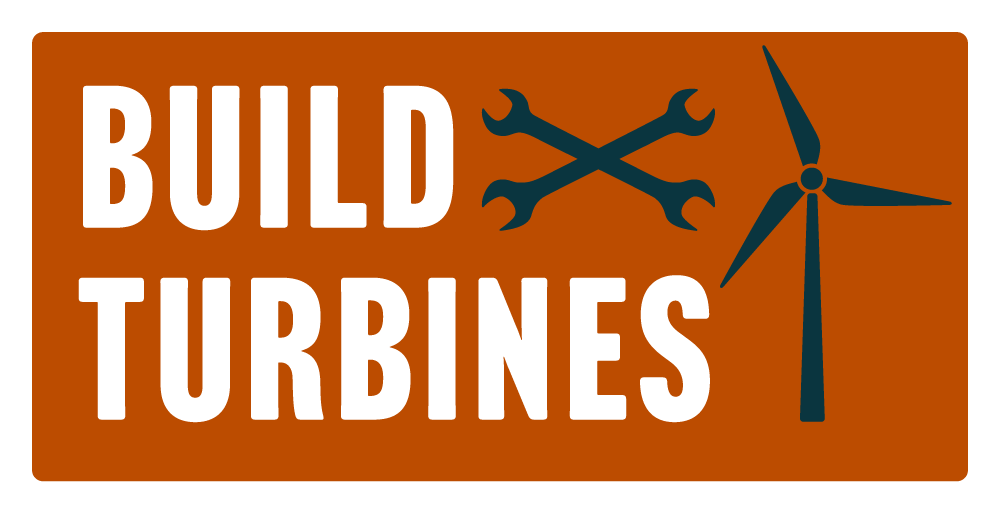In an era marked by an increasing reliance on renewable energy and smart technologies, the role of a grid integration engineer has become pivotal. These professionals are the unsung heroes working behind the scenes to ensure that our power systems remain efficient, reliable, and resilient. But what exactly does a grid integration engineer do? Let’s dive into this fascinating and critical profession.
The Basics of The Job
A grid integration engineer is responsible for designing, implementing, and managing the integration of various power sources into the electrical grid. This includes traditional power plants (such as coal, natural gas, and nuclear) and renewable energy sources (like wind, solar, and hydropower). Their primary goal is to ensure a stable and continuous supply of electricity despite the intermittent nature of renewable energy sources.
Key Responsibilities
- System Design and Analysis:
Grid integration engineers design systems that can efficiently incorporate different energy sources into the grid. This involves conducting detailed analyses to understand the impact of these sources on grid stability and performance. - Renewable Energy Integration:
With the global shift towards renewable energy, these engineers play a crucial role in integrating solar, wind, and other renewable sources into the grid. They develop strategies to manage the variability and unpredictability of these sources, ensuring they work harmoniously with traditional power plants. - Smart Grid Development:
As the energy sector evolves, so does the technology used to manage it. Grid integration engineers are at the forefront of developing and implementing smart grid technologies, which use advanced communication and control systems to optimize the generation, distribution, and consumption of electricity. - Energy Storage Solutions:
To address the intermittency of renewable energy, engineers work on incorporating energy storage solutions, such as batteries and pumped hydro storage, into the grid. These solutions help store excess energy during periods of high generation and release it when demand is higher. - Regulatory Compliance:
Grid integration engineers must ensure that all systems comply with local, national, and international regulations and standards. This involves staying updated on regulatory changes and incorporating them into the design and operation of the grid. - Operational Support and Troubleshooting:
These engineers provide ongoing support to grid operators, helping them manage the day-to-day operations of the electrical grid. They also troubleshoot issues as they arise, ensuring minimal disruption to the power supply.
Skills and Qualifications
Becoming a grid integration engineer typically requires a strong background in electrical engineering or a related field. Key skills include:
- Technical Expertise:
In-depth knowledge of electrical systems, power generation, and grid infrastructure is essential. - Analytical Skills:
The ability to analyze complex data and develop solutions to optimize grid performance. - Problem-Solving:
Engineers must be adept at identifying and addressing issues that could affect grid stability and efficiency. - Communication:
Effective communication skills are crucial, as these engineers often work with a diverse team of professionals, including regulatory bodies, utility companies, and technology developers. - Adaptability:
The energy sector is rapidly evolving, and grid integration engineers must be able to adapt to new technologies and changing regulatory environments.
The Future of Grid Integration
The role of a grid integration engineer is becoming increasingly important as the world transitions to cleaner and more sustainable energy sources. With the rise of electric vehicles, distributed generation, and smart home technologies, the complexity of managing the electrical grid will continue to grow. Engineers in this field will need to innovate and adapt to ensure that our power systems can meet future demands while maintaining stability and efficiency.



